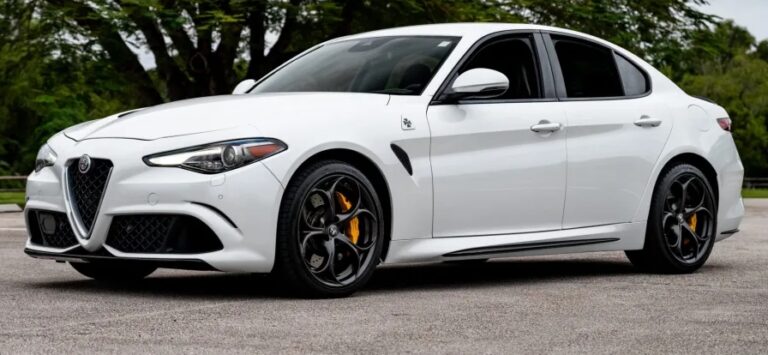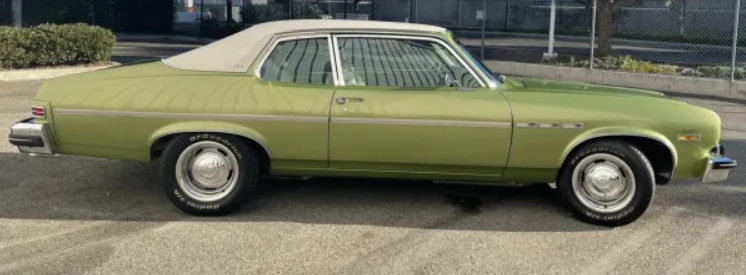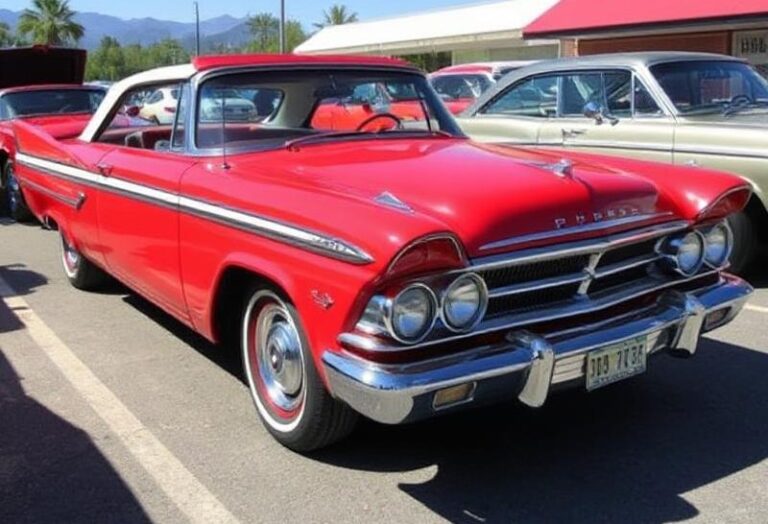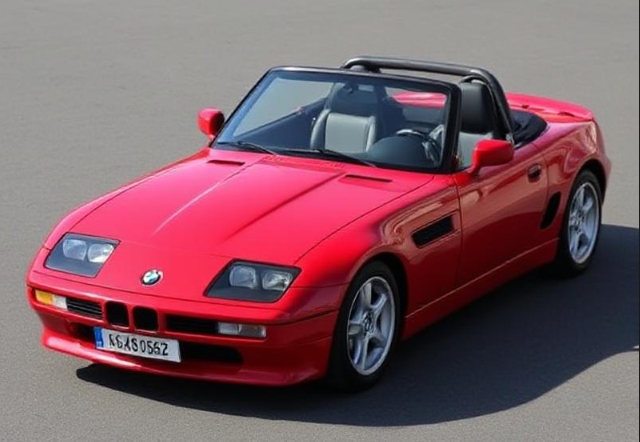The Evolution of the BMW 501 and 502
The BMW 501 and 502 represent a significant chapter in the history of Bavarian automotive craftsmanship. Introduced in the early 1950s, these models marked BMW’s transition from pre-war luxury sedans to post-war recovery and growth. Over their production span, they embodied the brand’s commitment to engineering excellence, luxury, and innovation. This article explores the detailed evolution of the BMW 501 and 502, including their production years, models, and trim levels.
Background and Development (Late 1940s – Early 1950s)
Following World War II, BMW faced significant economic and infrastructural challenges. The company’s luxury car segment, which had been prominent before the war, needed revitalization. The BMW 501 and 502 were conceived as the successors to pre-war BMW sedans, aiming to restore BMW’s reputation in the luxury segment.
The development of these models was influenced by the need for robust, elegant vehicles suitable for the recovering German economy, while also appealing to international markets. The design philosophy emphasized refined styling, advanced engineering, and a range of configurations to cater to diverse customer needs.
Introduction of the BMW 501 (1951)
Production Period: 1951–1955
The BMW 501 was officially introduced in 1951 as BMW’s flagship luxury sedan. It was designed to showcase BMW’s engineering prowess and luxury features.
Design and Engineering:
- Body Style: The initial 501 was offered as a four-door sedan, with a formal, dignified appearance characterized by rounded lines, a prominent grille, and chrome accents.
- Chassis & Frame: Built on a separate chassis with a ladder frame, the 501 emphasized durability and ride comfort.
- Engine: Powered by a 2.6-liter (2,557 cc) M78 inline-six engine producing approximately 100 horsepower, paired with a four-speed manual transmission, with an optional automatic transmission available in later models.
- Suspension: Independent front suspension with leaf springs at the rear, providing smooth ride quality.
Models and Trim Levels:
Initially, the BMW 501 was offered primarily as a single model with minimal trim differentiation. However, over time, several versions emerged:
- BMW 501 Standard: Base model with essential luxury features.
- BMW 501 Luxus: Featured additional chrome details, interior upgrades, and more refined trim.
- BMW 501 Limousine: Extended wheelbase versions designed for chauffeur-driven configurations, introduced to cater to the chauffeur and diplomatic markets.
Key Features:
- Leather upholstery options
- Wood veneer interior accents
- Chrome bumpers and trim
- Power steering (available in later models)
- Radio and heater as standard or optional features
Transition to the BMW 502 (1954)
Production Period: 1954–1964 (with some overlap and updates)
In 1954, BMW launched the BMW 502, which was essentially a more powerful and slightly modernized evolution of the 501. The 502 sought to compete with other luxury European marques by offering improved performance and styling.
Design and Engineering:
- Body Style: Similar to the 501 but with subtle styling updates, including a more prominent grille, redesigned bumpers, and revised rear styling.
- Engine: The most significant upgrade was the introduction of a new 2.6-liter V8 engine (M189), producing approximately 120 horsepower, offering better performance.
- Transmission: Standard four-speed manual, with an optional three-speed automatic transmission (from Borg-Warner).
- Chassis & Suspension: Similar ladder frame construction but with improvements to handling and ride quality.
Models and Trim Levels:
The BMW 502 was offered in multiple trims, reflecting its positioning as a luxury vehicle:
- BMW 502 Standard: The base model, equipped with the V8 engine, manual transmission, and basic luxury features.
- BMW 502 Luxus: Featured upgraded interior materials, additional chrome accents, and luxury appointments.
- BMW 502 Limousine: Extended wheelbase variants for chauffeur-driven markets, often used by diplomatic and corporate clients.
- BMW 502 Cabriolet: Open-top variant introduced to appeal to a more exclusive clientele.
- BMW 502 V8 Coupé: A rare, sporty version with a fixed roof, targeted at enthusiasts seeking performance combined with luxury.
Additional Features:
- Optional automatic transmission
- Power-assisted steering (later models)
- Improved sound insulation
- Enhanced interior options, including more luxurious upholstery and wood trim
- Upgraded lighting and safety features
Evolution Over the Years
1950s: The Golden Era
During the 1950s, the BMW 501 and 502 cemented BMW’s reputation as a builder of luxury sedans. Their production was relatively limited, with total units produced being approximately:
- BMW 501: Around 20,000 units
- BMW 502: About 9,600 units
The models saw incremental updates, primarily in styling and interior features, to keep pace with contemporary luxury standards.
1960s: Decline and Replacement
By the early 1960s, the aging BMW 501/502 platform was becoming outdated. BMW introduced new models, such as the BMW New Class sedans, which would eventually lead to the development of the BMW 3 Series. The 502’s production ceased in 1964, making way for more modern luxury and sports models.
Special Editions and Variants
Throughout their production span, several special editions and coachbuilt variants were created, often by external coachbuilders like Karosserie Baur, providing bespoke luxury options.
.
MANY auto lovers not only spend time in their garages to tinker on their autos, but have other projects going on in there as well. Wood working is a popular pastime for the creative type of individual. Not sure what to make next? Or thinking about getting into this kind of hobby? There’s lots of possibilities… Here’s some of them…

.
Legacy and Significance
The BMW 501 and 502 hold a special place in automotive history as symbols of post-war recovery and luxury craftsmanship. They showcased BMW’s engineering capabilities, especially with the V8 engine in the 502, and set the stage for the company’s future success in luxury and performance vehicles.
Today, these models are highly collectible, appreciated for their elegant design, historical importance, and the craftsmanship they represent. Restoration enthusiasts often seek them for their classic appeal and significance in BMW’s lineage.
Conclusion
The evolution of the BMW 501 and 502 from 1951 to 1964 reflects a period of rebuilding and innovation for BMW. Starting as flagship luxury sedans, they incorporated advanced engineering, luxurious features, and bespoke variants to serve a discerning clientele. Their legacy endures as pioneering models that helped establish BMW’s reputation for luxury and engineering excellence, paving the way for future successes in the automotive industry.







